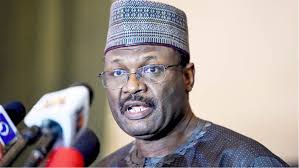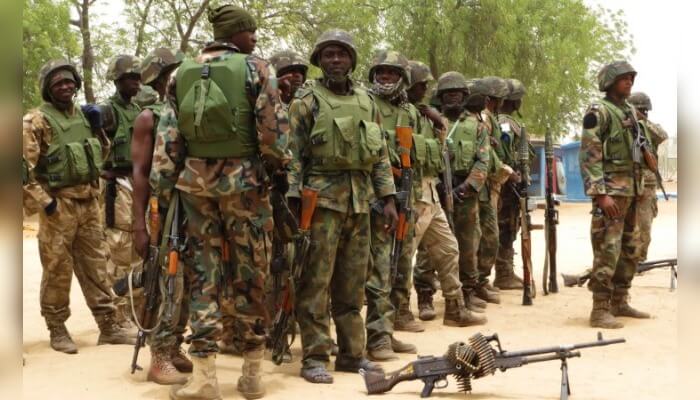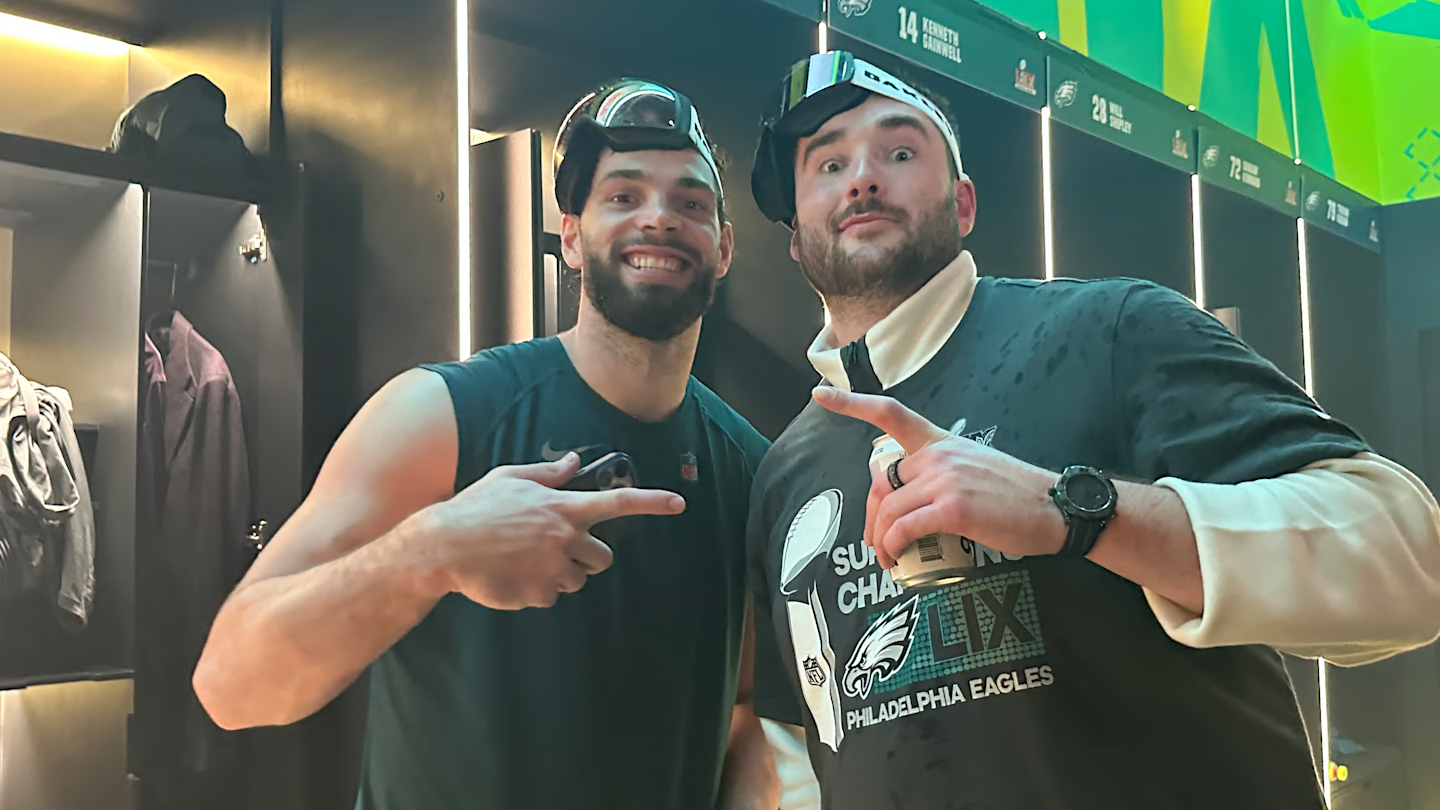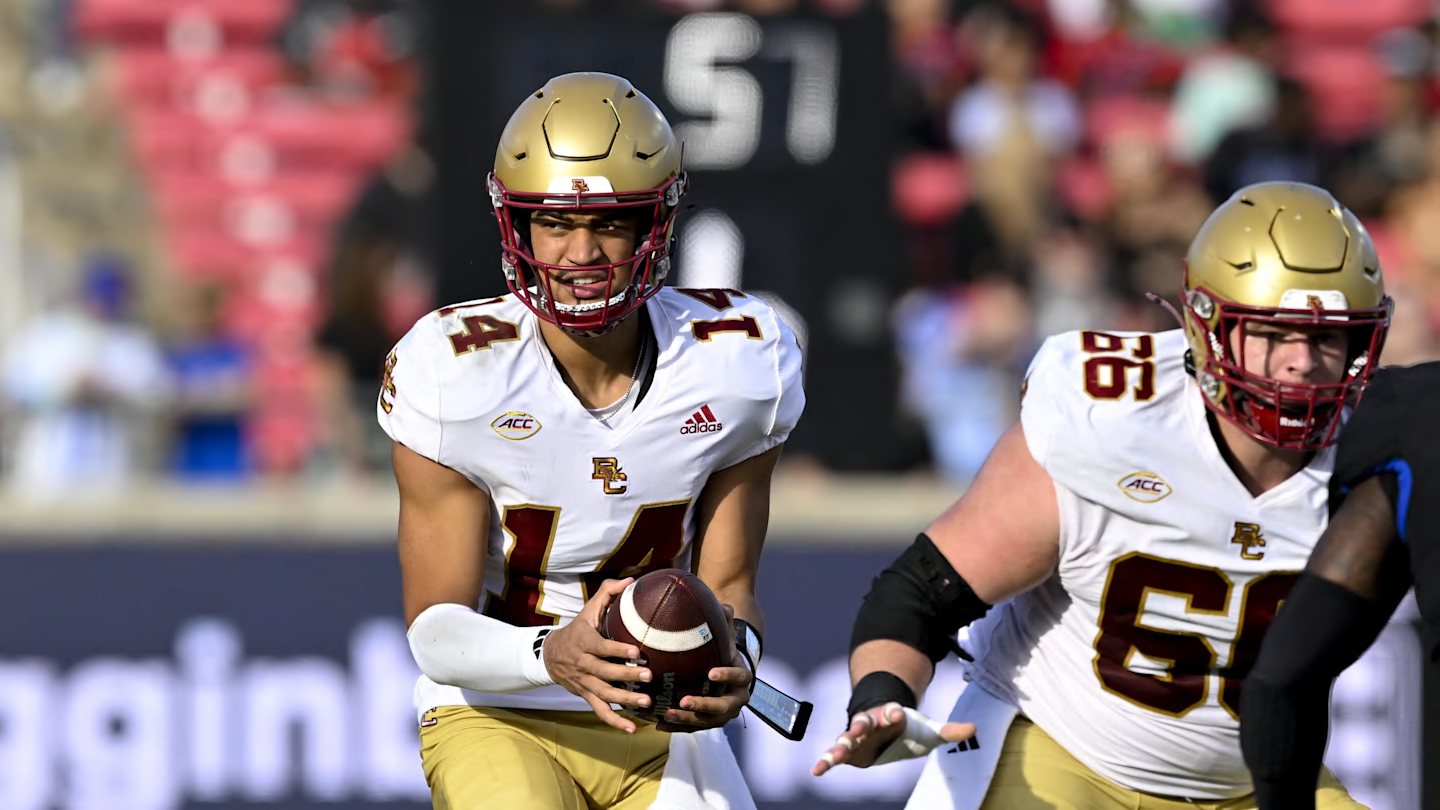LINCOLN — Nebraska football’s decision to start and host a national 7-on-7 tournament this Friday isn’t just a way to create buzz. It’s a statement that, even as NU embraces portalnomics, it wants traditional personnel investments, too.
The next month — and, in a sense, the next 12 months — will reveal more about whether the Huskers can recruit the prep ranks with college football’s best. That is, landing, with regularity, blue-chip prospects other schools covet.
Broadly, that looks like signing as many good recruits as you can. Specifically for me, since recruiting services spent a lot of time chewing on the highest-end guys, that looks like signing top-100 and, further down the list, as many four-star recruits as possible.
Dylan Raiola. Carter Nelson. Grant Brix. Dawson Merritt. Thomas Fidone. Those are top-100 guys.
Ty Robinson. Cam Jurgens. Matt Farniok. Those are four-star guys who were recruited out of high school to, and eventually drafted from, Nebraska.
Recruiting services aren’t perfect, but years of data and the availability of Hudl has made evaluation better. There are fewer unknowns at this point. Recruiting service data isn’t causative, but it is correlative.
Over five cycles, 2020-2024, the top three prep recruiting programs, according to On3, were Alabama, Georgia, and Ohio State. Combined, they won four of the last five national titles.
The portal altered the conversation, as we’ll explore. But Nebraska enters a crucial June full of camps and official visitors. It wants to make an impression, and should.
Thus far in his tenure, NU coach Matt Rhule’s recruiting classes have steadily improved in their quality. The first class, completed just after his hiring, ranked 29th according to On3, with 14.29% of the class ranking as a four-or-five-star recruit. In 2024, NU moved up five sports and had 20.69% rated as blue chips. In 2025, Nebraska ranked 21st, with 45% rated as blue chips.
In 2026, the Huskers rank 52nd, in part because they have just four commits.
June is their go month.
Roughly 30 official visitors for the 2026 class will roll into town. Many more 2027 prospects will see the school unofficially. Nebraska’s football building — the Osborne Legacy Complex — is fully operational. The Training Table, likely the nation’s best food and nutrition operation, will wow recruits and parents.
“They always say they get the best meal in Lincoln,” said Kristin Coggin, assistant athletic director for performance nutrition. “It’s really a fun thing when you have recruits eating and parents filming.”
In the past two Junes, Rhule and Co. made numerous, decisive scholarship offers at camps, including to prospects who otherwise lacked power conference scholarship offers. It spoke to Rhule’s confidence in evaluation and his willingness to keep a large, competitive roster of players.
The House vs. NCAA settlement — still not approved as of June 1 — would eventually limit roster size.
Plus, Indiana happened.
The Hoosiers, in one year, went from Big Ten basement to the College Football Playoff. IU added to the emerging narrative around building “teams” vs. building “programs.”
A team has a small, consistent core, around which interchangeable parts — preferably the best ones on the market — are constantly attached through the portal. Core guys learn the culture as freshmen, marinate in it over years, and preach that gospel to well-selected transfers as they arrive. Each team may have lots of seniors — who started their careers in different places.
A program can in theory embrace the annual team concept — think of Duke in college basketball — or it can seek to create a much larger core of guys who come in as freshmen, grow under the leadership of a large core of upperclassmen, and eventually come into their own. In college football, this is made possible by an NFL Draft that keeps out any player who isn’t three years removed from high school graduation.
The program model dominated college football until the NIL and the portal — and immediate eligibility out of it— made it possible to build, in short order, a really good team. Like Indiana did. IU changed the timeline of what’s possible for a lot of programs, including Nebraska. The Hoosiers’ cast of James Madison transfers paired with a sixth-year Ohio University transfer quarterback beat NU 54-7.
The Huskers signed 17 transfers in the offseason. It was a good haul, and the right move, especially before any kind of NIL clearinghouse — vetting deals over $600 — goes into place.
But Nebraska — Rhule — wants to be a program. The best teams do.
At the same time, roster limits (of some sort) loom. It’s going to be hard to annually sign 30-man classes like NU did in 2024. More likely, the Huskers are headed for classes of around 20, give or take a couple commits. Fewer spots means choosier coaches.
On3 has 17 top-500 recruits headed to Nebraska this June on official visits. The 7-on-7 tournament — conducted all day Friday, featuring some of the nation’s top 2027 and 2028 skill players, is the kind of tentpole event that Husker coaches hope draw fans to Memorial Stadium.
Will it be once Friday Night Lights, back in 2016 and 2017, was for a brief moment of the Mike Riley era? We’ll see. The memorable night Micah Parsons, camping as a linebacker, ran go routes past a bunch of blue-chip cornerbacks represented the peak of the Riley era.
Parsons ended up at Penn State as Riley’s third year didn’t go as planned.
Rhule’s third team should be better than that. If it is, perhaps this June, coupled with next June, develops Nebraska into the kind of prep-recruiting program it wants to be.
On with the Rewind.
Look who snuck in the top 25 of a national magazine.
Nebraska is No. 24 in Lindy’s predictions, sandwiched in between Louisville and Matt Rhule’s previous college stop, Baylor, where coach Dave Aranda entered last season on a decidedly toasty seat after 6-7 and 3-9 seasons in 2022 and 2023.
He righted the ship to 8-5 in 2024, thanks in large part to change on offense with coordinator Jake Spavital, a protégé of Dana Holgorsen who worked as a graduate assistant on Oklahoma State’s staff in 2010 before following Holgorsen to West Virginia to coach quarterbacks in 2011 and 2012 and again in 2017 and 2018. Spavital, like Miami (Fla.) offensive coordinator Shannon Dawson, are guys who cut their teeth under Holgorsen and later vastly improved offenses that needed it.
Since the Big 12, where Baylor plays, is a more offensive-minded league, consider instead the percentage growth one year with Spavital provided Bears.
Baylor scored 49% more points per game (23.1 to 34.4) and gained 16.4% more yards per game (377.8 to 440.1).
In 2023, Dawson’s first year at Miami, the Hurricanes scored 33.5% more points per game (23.6 to 31.5) and gained 17.4% more yards per game (367.4 to 431.2).
NU scored 23.5 points and gained 359 yards per game in 2024. The Big Ten is a better defensive league, for sure, but if the teacher can match the work done by his pupils, 30 points and 400 yards per game isn’t out of the question for Nebraska.
Frankly, for the Huskers to sniff a CFP berth, those numbers need to be very much in the conversation.
Nebraska baseball’s pitching and defense took an Oklahoma beating on Sunday, but the Huskers’ quiet bats are their most consistent NCAA tournament weakness.
Since reaching the 2005 College World Series, NU has played in 30 NCAA tournament games across 10 regional berths. The Huskers are 10-20 in those games. In 17 of the 30 — or 57% — they scored four or fewer runs. In 12 games, they scored two or fewer runs.
That’s just not enough firepower over the last 20 years. And the 10 wins were over the following teams: Monmouth, UC Riverside, Eastern Illinois, Binghamton, Connecticut, Northeastern, New Jersey Institute of Technology, Arkansas, Niagara and Holy Cross.
One of those wins, obviously, stands way out: The 5-3 triumph over the Razorbacks in 2021 when Spencer Schwellenbach — now a starting pitcher with the Atlanta Braves — threw nearly five scoreless innings in relief for the Huskers. One night later, another future Major League Baseball pitcher, Cade Povich, gave NU a chance before late relief pitching faltered in a 6-2 regional final loss.
Nebraska may well have another Schwellenbach and Povich combo developing — or, perhaps, the Huskers need to score many more runs.
To look at those wins again helps frame where the program is, though, too. The track record against power conference teams, over 20 years and 10 regionals, provides even more context:
2025 Oklahoma 4-7, 1-17
Record: 1-9
Average score: Opponents 9.1 Nebraska 3.8
Get local news delivered to your inbox!











